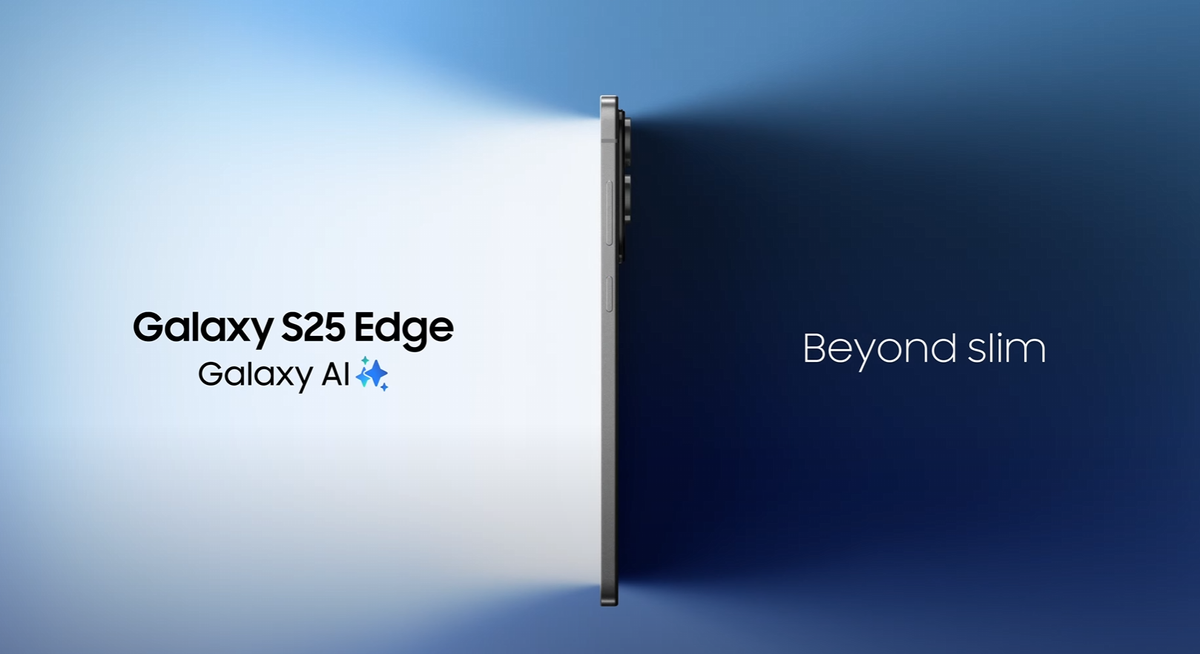Nvidia vs. Superpowers: Can the Chip Giant Survive the US-China Tech Cold War?

Nvidia’s AI dominance is under siege as Washington tightens export controls—and Beijing fights back. The California-based chipmaker, now worth over $2 trillion, faces a geopolitical tightrope: comply with US restrictions on selling advanced AI chips to China or risk its largest growth market. With CEO Jensen Huang rushing to Beijing amid new bans, can Nvidia balance national security demands with global ambitions? Let’s dive in.
🌍 AI Chips: The New Oil of the 21st Century
- Nvidia’s 80% market share in AI chips makes it indispensable for generative AI systems like ChatGPT and China’s DeepSeek.
- $5.5 billion at stake: New US export curbs block Nvidia from fulfilling H20 chip orders for Tencent, Alibaba, and ByteDance.
- China accounts for 13% of Nvidia’s sales ($7 billion in 2023), but its AI sector is racing to replace foreign tech with domestic alternatives like Huawei’s Ascend chips.
- DeepSeek’s breakthrough: The Chinese AI firm claims it can match ChatGPT’s performance using weaker chips—accelerating US fears.

✅ Nvidia’s Survival Playbook: Pivot to the US—But Keep China Close
- $500 billion US investment: Nvidia plans to build AI server farms stateside, aligning with Biden’s CHIPS Act goals.
- TSMC’s Arizona pivot: The Taiwanese chipmaker (Nvidia’s manufacturer) is investing $100 billion in US plants to reduce reliance on China.
- Huang’s charm offensive: Despite bans, Nvidia’s CEO met Chinese officials and DeepSeek’s founder, pledging commitment to China’s market. “We hope to continue cooperating,” he told state media.
Feasibility Check: Nvidia’s US expansion hedges against China risks, but losing 13% of revenue could slow R&D for next-gen chips like the Blackwell GPU. Meanwhile, Huawei’s 50% slower chips still dominate China’s military and cloud sectors.
🚧 The Roadblocks: Tech Decoupling Goes Nuclear
- Two systems, zero trust: “Global tech is splitting into US and China camps,” warns Natixis economist Gary Ng. Cross-border collaboration is crumbling.
- China’s chip moonshot: Beijing has poured $150 billion into semiconductors since 2022. Huawei’s Ascend 910B already powers Baidu’s AI—but lags Nvidia’s H20 by 20%.
- TSMC dependency: Even US-bound Nvidia GPUs rely on TSMC’s Taiwan factories—a vulnerability if China invades Taiwan.

🚀 Final Thoughts: Nvidia’s Make-or-Break Moment
Nvidia’s future hinges on three factors:
- 📈 US Policy Swings: A Trump win in 2024 could ease or tighten China curbs further.
- 🤖 China’s Innovation Speed: If Huawei closes the chip gap by 2026, Nvidia loses leverage.
- 💸 Profit vs. Patriotism: Can Huang keep shareholders happy while pleasing DC hawks?
Will Nvidia remain the AI chip king—or become collateral in a tech cold war? What’s your take?
Let us know on X (Former Twitter)
Sources: James Chater. Nvidia: The AI chip giant caught between US and China, 2025-04-18. https://www.bbc.com/news/articles/cedy6gl99eno










